
© Kim Martineau Leo Pena (above) and colleagues analyzed fossil plankton shells to reconstruct ocean circulation over the last 1.2 million years.
For decades, climate scientists have tried to explain why ice-age cycles became longer and more intense about 900,000 years ago, switching from 41,000-year cycles to 100,000-year cycles. In a new study in the leading journal
Science, researchers found that the deep ocean currents that move heat around the globe stalled or even stopped, possibly due to expanding ice cover in the north. The slowing currents increased carbon dioxide storage in the ocean, leaving less in the atmosphere, which kept temperatures cold and kicked the climate system into a new phase of colder but less frequent ice ages, they hypothesize.
"The oceans started storing more carbon dioxide for a longer period of time," said Leopoldo Pena, the study's lead author, a paleoceanographer at Columbia University's Lamont-Doherty Earth Observatory. "Our evidence shows that the oceans played a major role in slowing the pace of ice ages and making them more severe."
The researchers reconstructed the past strength of earth's system of deep-ocean currents by sampling deep-sea sediments off the coast of South Africa, where powerful currents originating in the North Atlantic Ocean pass on their way to Antarctica. How vigorously those currents moved in the past can be inferred by how much North Atlantic water made it that far, as measured by isotope ratios of the element neodymium bearing the signature of North Atlantic seawater. Like a tape recorder, the shells of ancient plankton incorporate this seawater signal through time, allowing scientists to approximate when the currents grew stronger and weaker off South Africa.
They confirmed that over the last 1.2 million years, the conveyor-like currents strengthened during warm periods and weakened during ice ages, as previously thought. But they also discovered that at about 950,000 years ago, ocean circulation weakened significantly and stayed weak for 100,000 years; during that period the planet skipped an interglacial - the warm interval between ice-ages - and when the system recovered it entered a new phase of longer, 100,000-year ice age cycles. After this turning point, the deep ocean currents remain weak during ice ages, and the ice ages themselves become colder, they find.
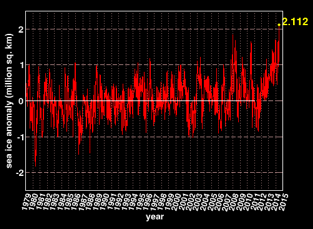

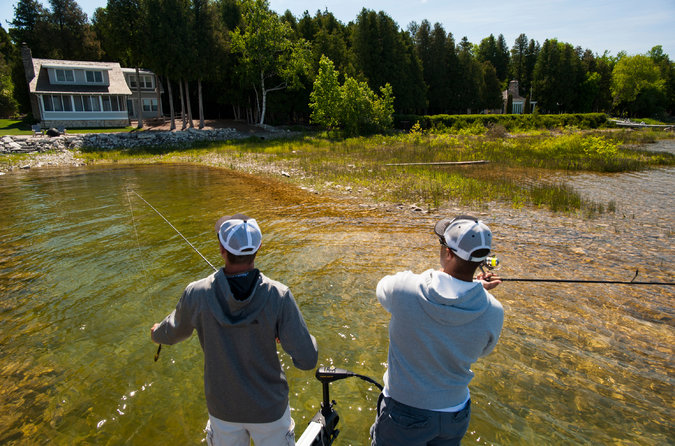
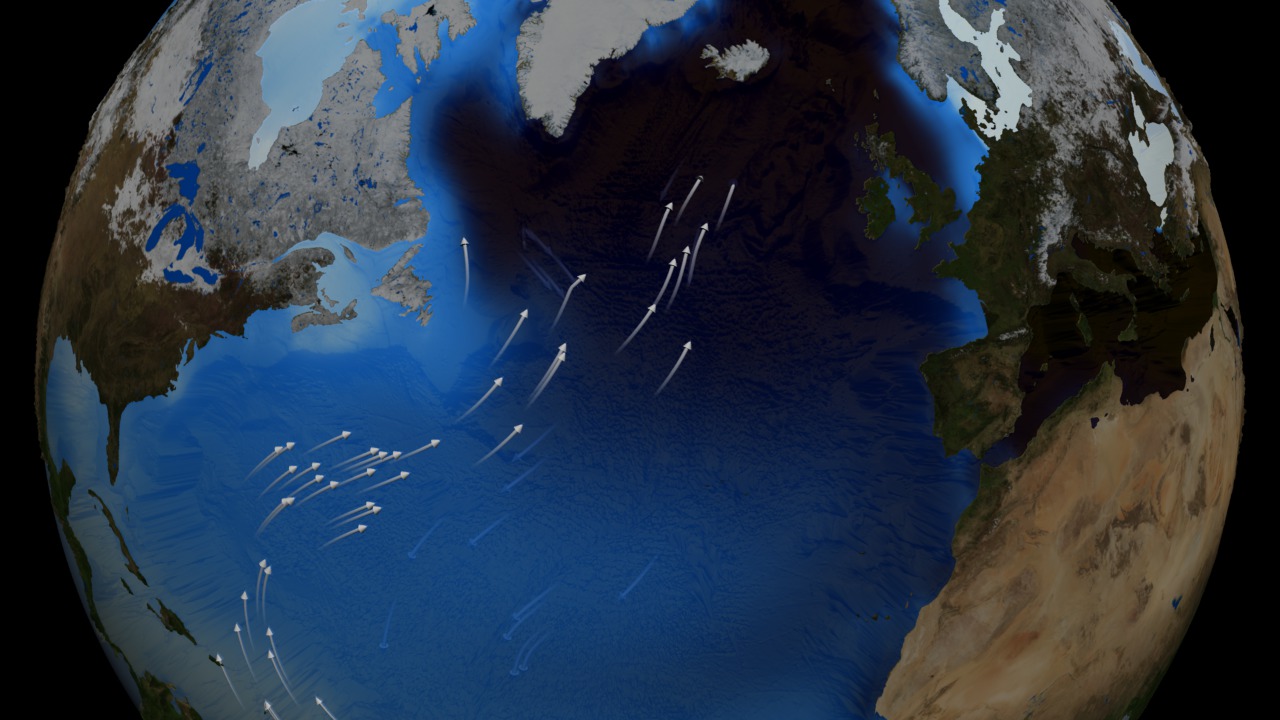
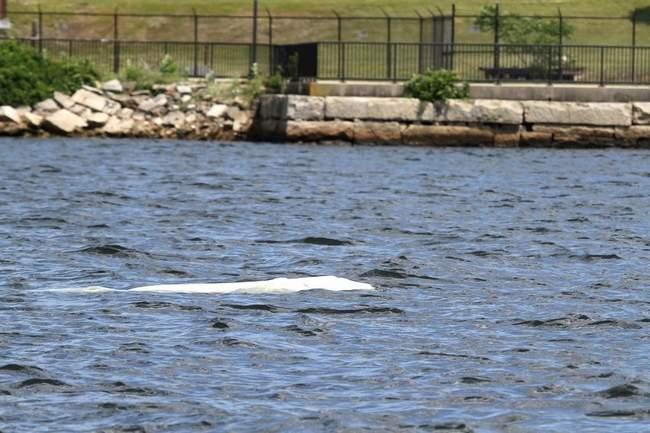
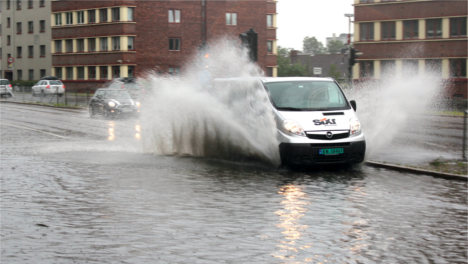
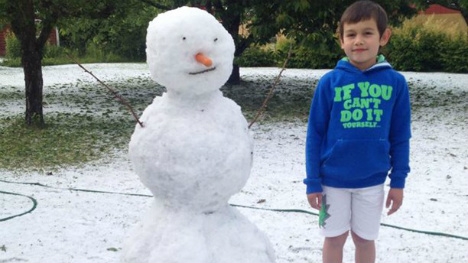

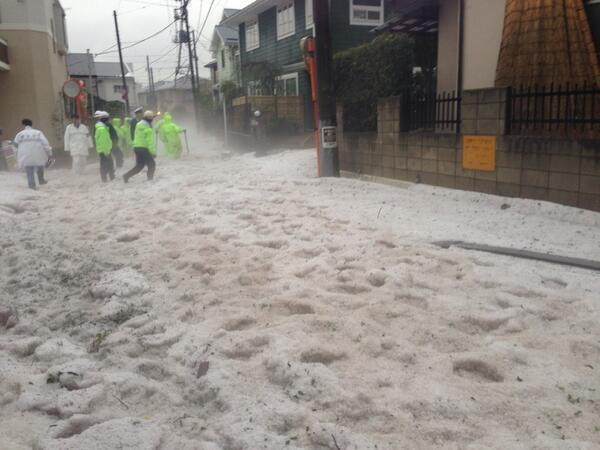




Comment: We are seeing similar type disruption of Ocean Currents
Life on this Earth Just Changed: The North Atlantic Current is Gone
Wake The World Up Campaign